Kids and ATVs: Getting Them Started Correct Way
Riding off-road is a fun family activity. It’s an opportunity for young people to learn new skills and gain self-confidence, and it’s a great way for parents to spend time with their children.
Off-roading entails special responsibilities for parents and children, in addition to the fun and adventure. Even the smallest ATV is relatively heavy and should never be treated as a toy.
So, is your child even ready to ride? Because parents know their children best, you are in the best position to determine when your child is ready to ride. Riding readiness varies greatly from person to person, and there is no sure way to tell whether a particular boy or girl is ready. However, the guidelines below can assist you in making a decision.
Are They Big Enough?
To ride off-road safely, a person must be large and strong enough to reach and operate the controls. To see how a young rider compares, have him or her sit in the vehicle under consideration. Is their arm length sufficient to turn the handlebars all the way to the right and left? Are their hands large and strong enough to operate the brake pedals, throttle, and other hand controls? Can their feet reach and operate the brake and other foot controls comfortably?
Then, have the young person stand on the footrests while holding onto the handgrips. Check to see if there is at least three inches of space between the vehicle seat and the child’s seat of the pants. A rider requires at least three inches of clearance to rise from the seat for comfort, balance, and visibility.

Coordination and Judgment
Off-road riders must have good hand-eye coordination, agility, and balance. If your child is good at riding a bike, skateboarding, baseball, or soccer, he or she will probably do well on an ATV.
Because riders must think quickly and react appropriately, you should consider whether your child analyzes problems and draws logical conclusions. Do they understand the link between risky behavior and its consequences? Do they listen to what you say? Do they recognize that everyone has different abilities and accept their own limitations?
When assessing riding readiness, try to be objective. If a young person is too small, has poor coordination, takes unnecessary risks, or lacks good judgment, they should wait until they are older before riding off-road.
What Should Kids Wear?
Before allowing a child to ride off-road, make sure they have a few basic safety items and that they wear them at all times. A high-quality motorcycle helmet with a label indicating approval by the United States Department of Transportation is the most valuable piece of safety equipment (DOT). Before riding, the helmet should also fit snugly and be securely fastened.
Goggles, sturdy boots, gloves, long pants, and a long-sleeved shirt or jacket are also essential safety items.
How Much Training and Supervision Will They Need?
A key responsibility of parents is to provide quality education. As a first step, read the owner’s manual with your child and ensure that he or she understands the instructions and warnings.
Following that will be a period of hands-on training and practice. Plan on attending all instruction and practice sessions, whether you serve as the primary instructor or arrange for a qualified teacher. This may take some time, but no one can assess your child’s progress better than you.
Remember that even after young people have mastered off-road riding, they still require adult supervision on every ride. If you are unable to ride with your child, you must ensure that a qualified and caring adult is present.
Picking the Right-Sized ATV
Almost every dealership in the United States will have the following information posted:
- ATVs with engines smaller than 70cc are recommended for children aged 6 and up.
- ATVs with engines ranging from 70 to 90cc are recommended for children aged 12 and up.
- ATVs with engines larger than 90cc are only recommended for people over the age of 16.
According to a voluntary agreement with the government dating back to the late 1980s, dealers cannot knowingly sell an ATV to a family that intends to violate the above age/engine size limitations.
However, common sense tends to cloud the picture on this particular subject. On the one hand, even if the child is of the recommended age for a specific ATV, not all children have the strength, skills, or judgment required to operate the vehicle safely. On the other hand, many teenagers under the age of 16 are fully capable of operating ATVs larger than 90cc due to their size and maturity. The final decision is, of course, up to the parents, and, as with any high-risk sport, safety should be the top priority when selecting the appropriate-sized ATV for your child.
ATV Safety Training — The Best Way to Learn
If you are purchasing a gift ATV for your child, consider taking an ATV Rider Safety Course before receiving the youth model so that you are better prepared to supervise your child.
Riders will learn how to perform a proper pre-ride inspection, ride in a variety of conditions, and negotiate obstacles during the course. You’ll also get the most up-to-date kids ATV information at TOBBI.
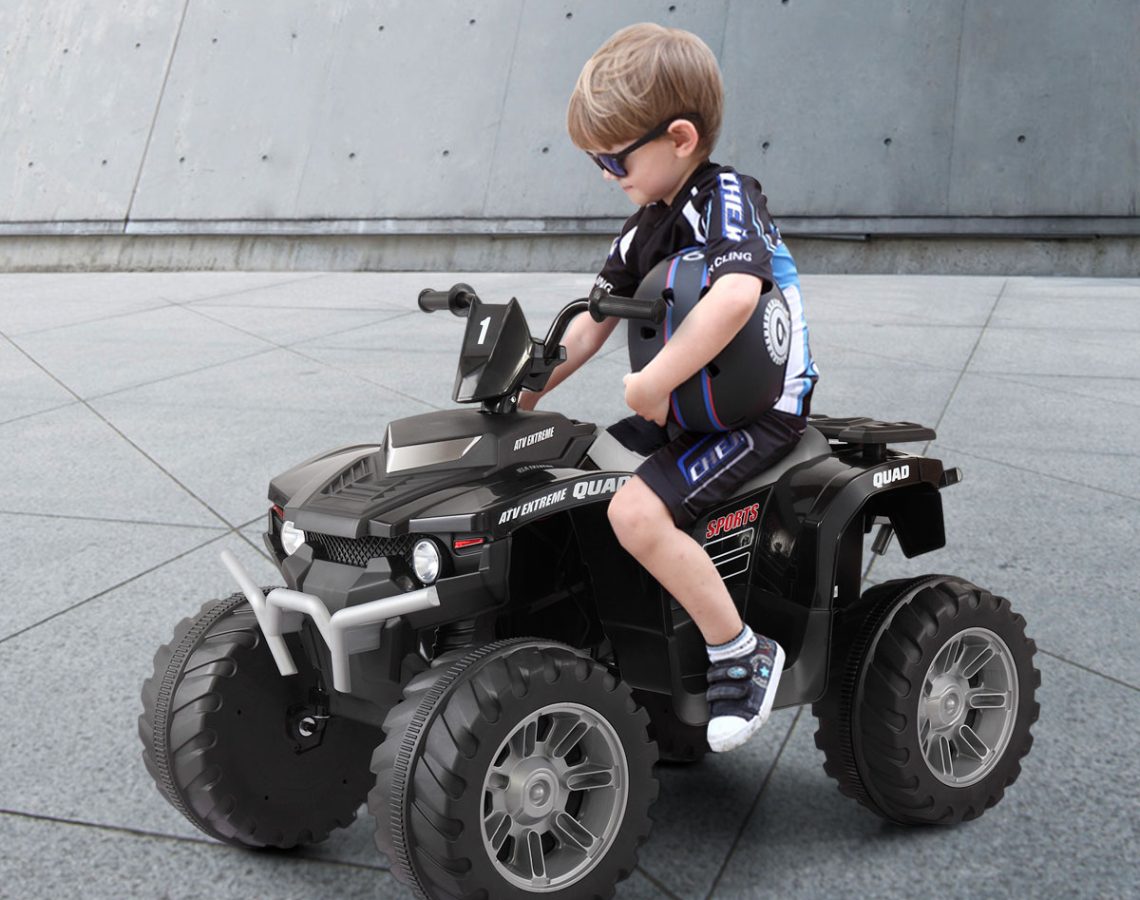
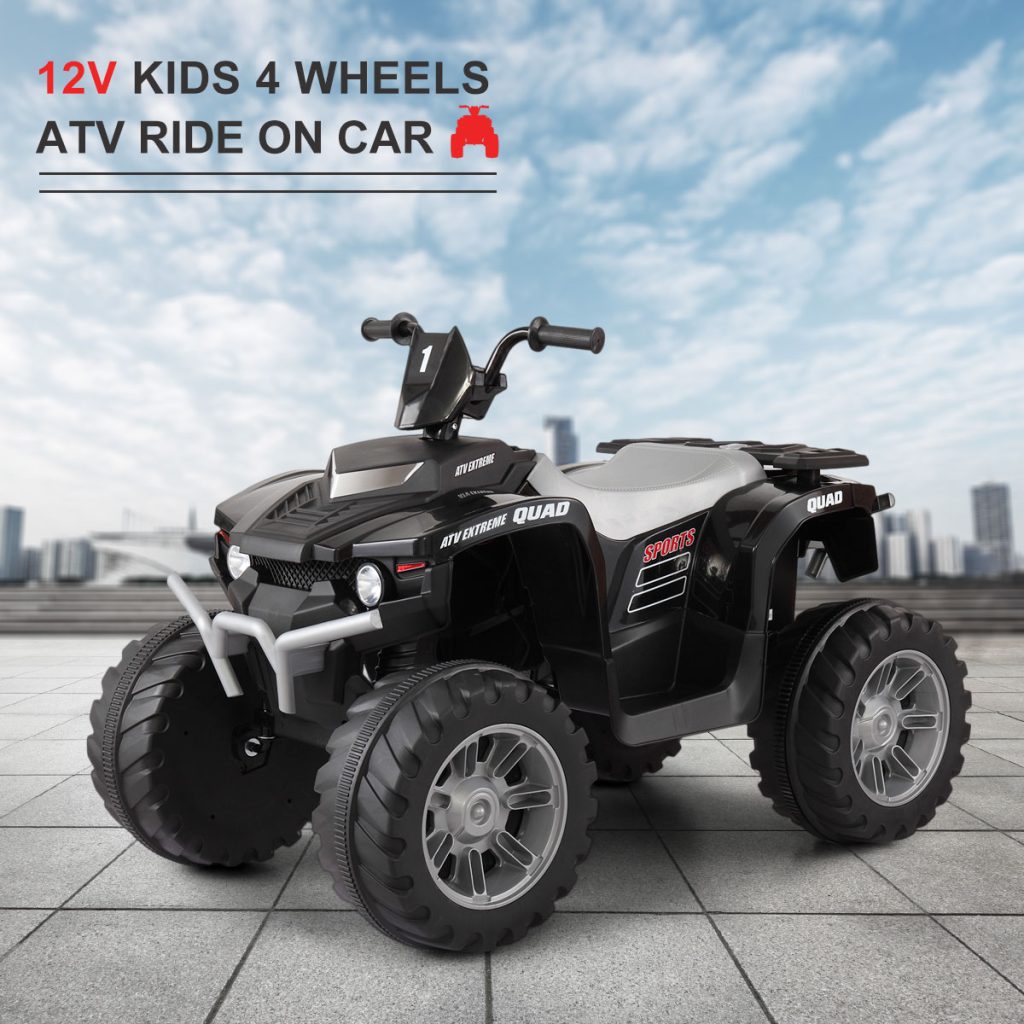

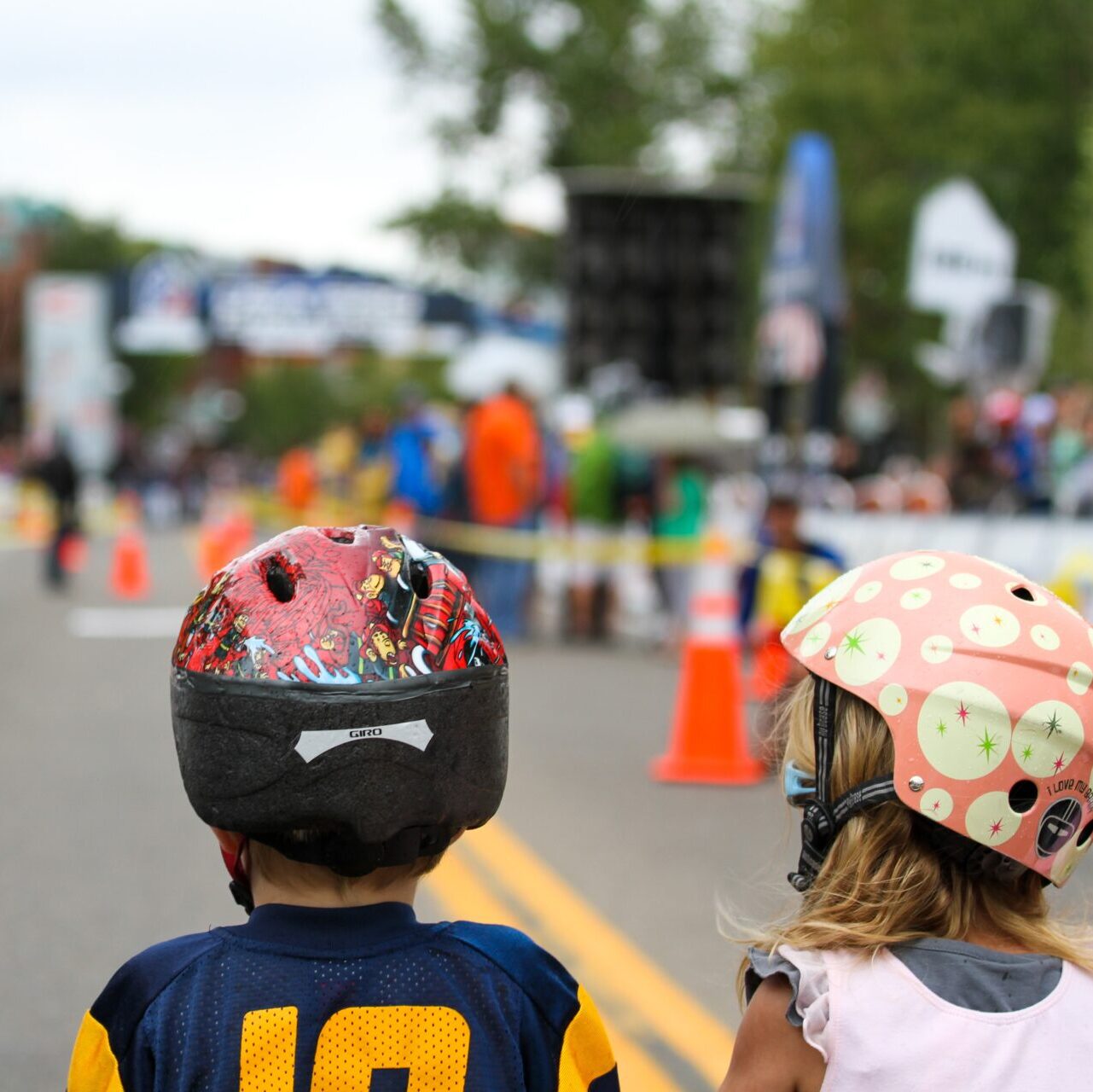

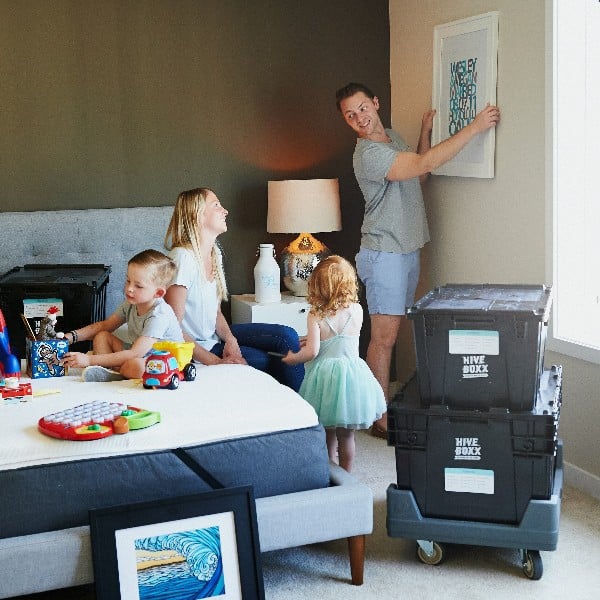
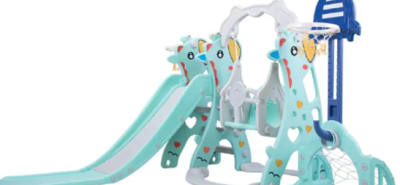


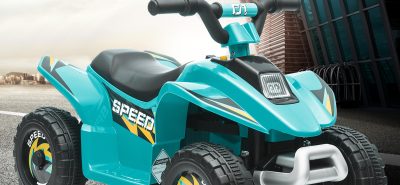

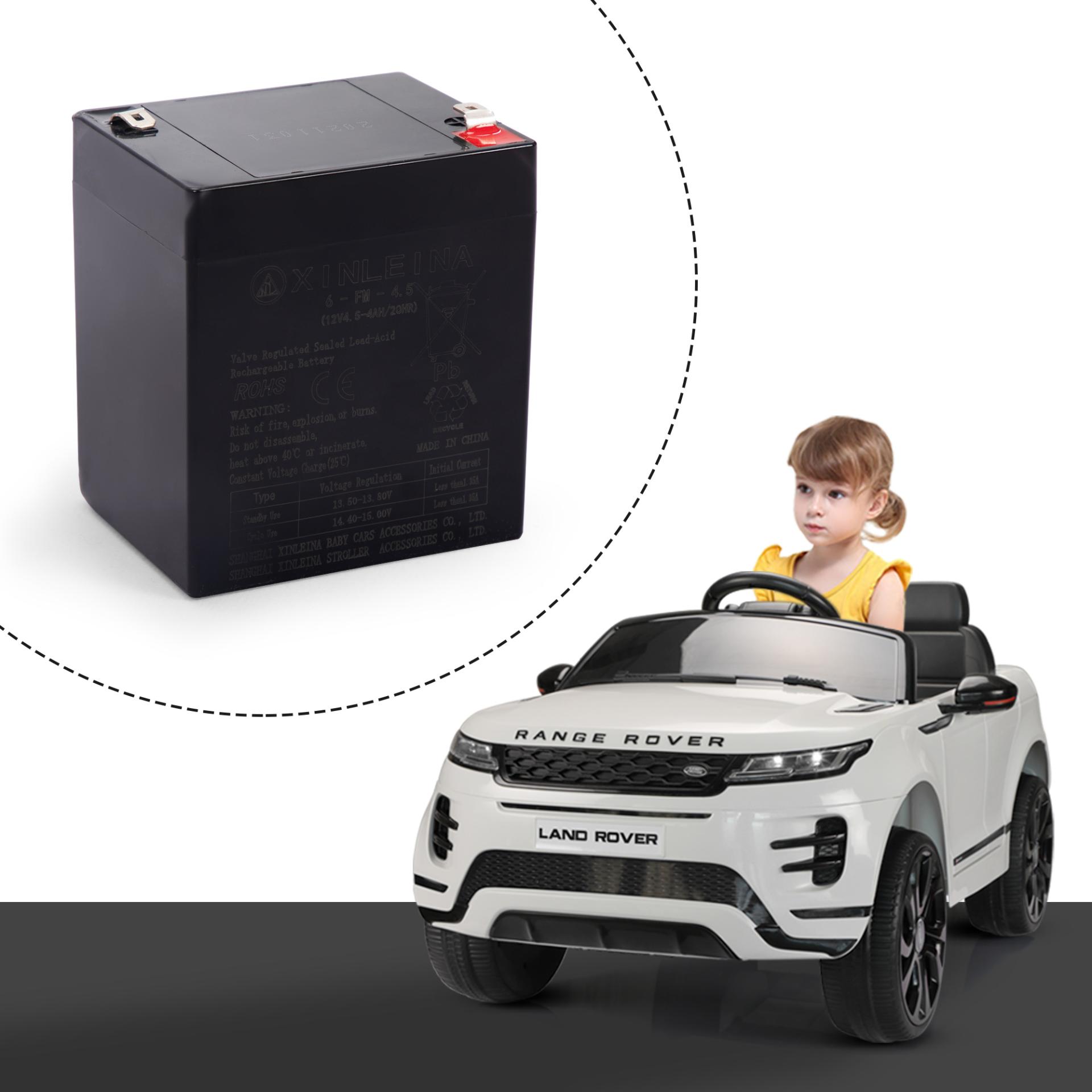
LEAVE A COMMENT
You must be logged in to post a comment.